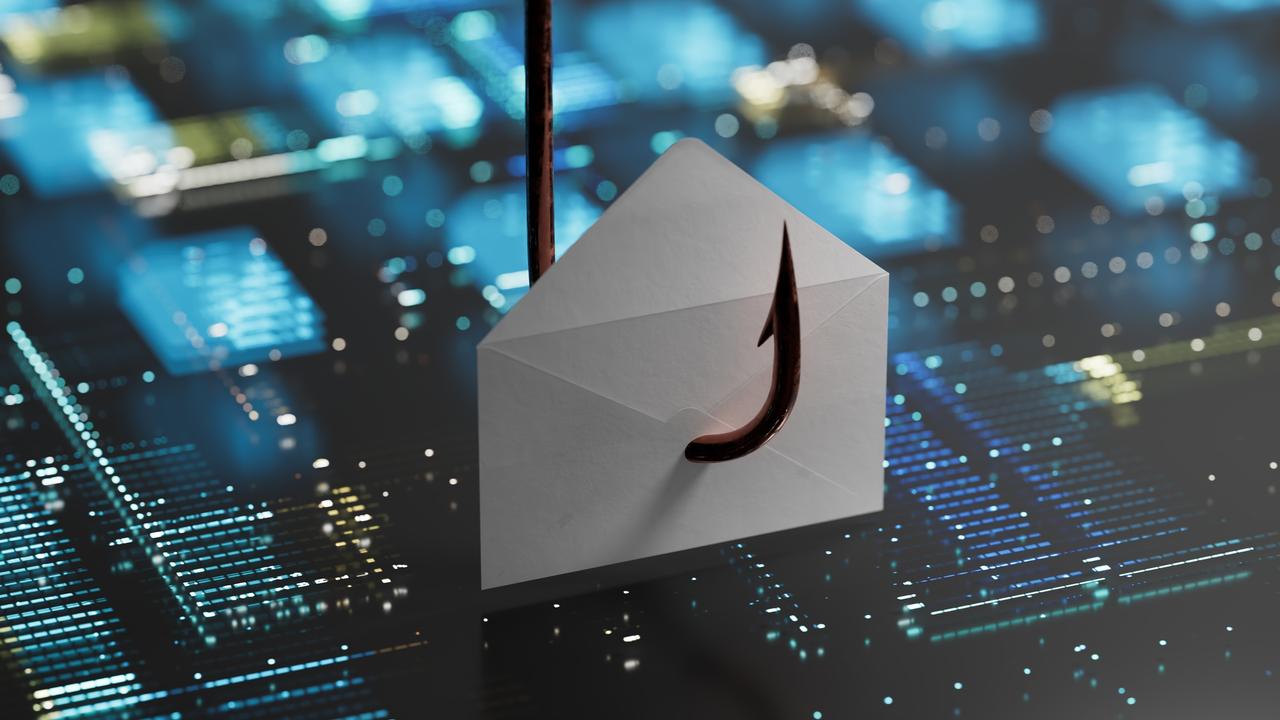Apple launches three new iPhone 11 models, Watch Series 5 and iPad
Tim Cook reveals new iPhone 11 models, an Apple Watch Series 5 and an updated entry-level iPad.
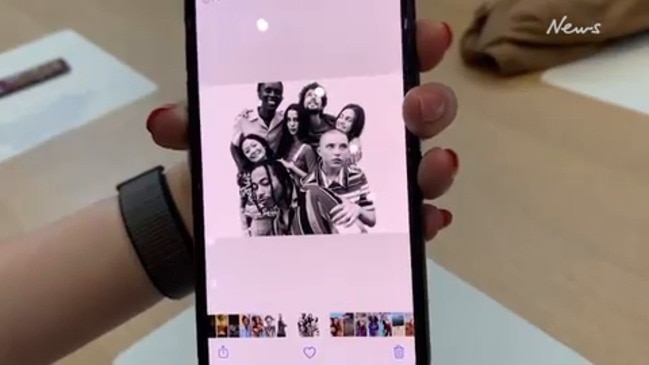
Apple has announced three new iPhone 11 models, an Apple Watch Series 5 and an updated entry-level iPad in a launch event at its Cupertino headquarters.
MORE: Apple unveils TV+, Arcade, new Apple Watch, iPad
Details of the iPhone 11 models were mostly the same as leaked before the event. Their screen sizes match the dimensions of the three iPhone models launched last year, the iPhone XS, XS Max and more budget oriented iPhone XR.
iPhone XR has been replaced by the iPhone 11 which has a 6.1-inch LCD display. It features a dual camera system on the back with ultrawide and wide-angle lens cameras.
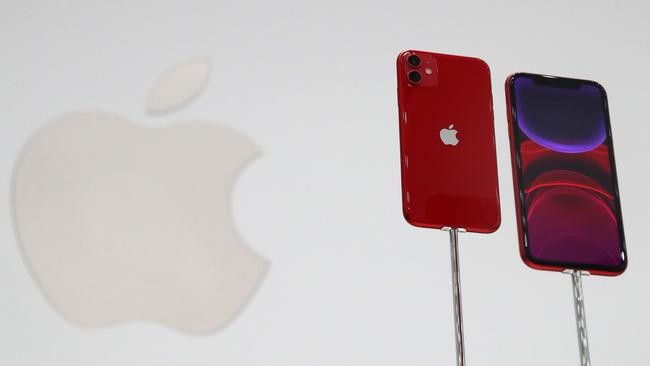
Despite being a budget phone you’ll pay more than $1000 for any new Apple iPhone with the iPhone 11 starting at $1199 in Australia. This contrasts to $US699 in the US and shows the weakness of the Australian dollar. iPhone 11 will be available with 64GB, 128GB and 256GB of storage in purple, green, yellow, black, white and red.
The cheapest way to buy a new iPhone is to trade in your old one and prices in Australia start at $849.
Pre-orders begin at 10pm AEST on Friday and phones will go on sale on September 20.
The XS and XS Max models of 2018 are replaced by the 5.8-inch iPhone 11 Pro and 6.5-inch iPhone 11 Pro Max which also will be available with 64GB, 256GB and 512GB of storage but you’ll pay from $1749 and $1899 respectively. If you choose the 512G B models you will pay $2349 and $2499.
All three models have Apple’s new A13 “bionic” chip but the Pro models feature three 12MP camera lenses on the back: a 53mm f/2.0 telephoto camera, 26mm f/1.8 wide camera and 13mm f/2.4 ultrawide lens.
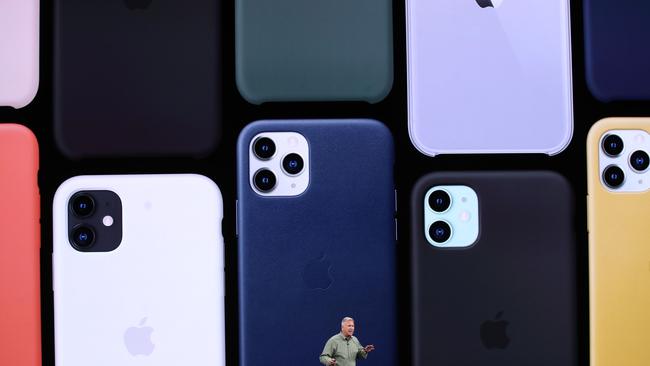
Other vendors such as LG, Samsung and Huawei have offered three-lens ultrawide lenses already, but Apple has implemented some interesting effects with them.
A demonstration of the coming FiLMiC Pro app for the iPhone Prom includes being able to film an interview between two people with the front and rear facing cameras simultaneously, and having the interviewer appear as an inset in the top corner of the completed video.
Another was the ability to show the shots taken by all three cameras simultaneously and video multiple streams top give editors the ability afterwards to swap between wide, ultrawide and telephoto video at will.
All back facing cameras shoot 4K video at up to 60 frames per second with extended dynamic range shooting to 4K, 30fps.
The camera software includes a zoom wheel which lets you dial up and dial down the breadth of images.
When viewing in one image model, a line is drawn at the left and right of the image and beyond that you see the extra detail that would be added if you changed from, say, wide view to ultrawide.
Apple also has introduced “night mode” which kicks in automatically in very low light conditions. Again, it’s a feature common on high-end Android phones but in the case of Android you usually select it manually. There is an option to switch off the night mode if you want.
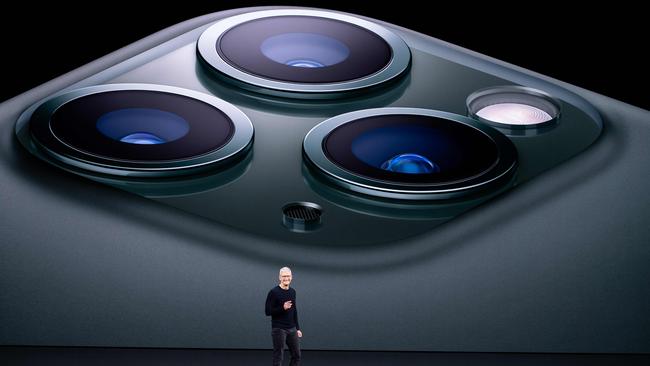
Apple previewed a “deep fusion image” mode that will be available for the Pro models via a software update next year during the Northern Hemisphere Spring. It uses machine learning to combine multiple images for a better detailed result.
The front facing “TrueDepth” camera also has been ritzed up with 12MP instead of the previous 7MP resolution, a wider field of view for selfies and a new selfies video mode that takes slow video at 120 fps for expressive self promotions. You can also take 4K video at 60fps at front.
Portrait shots include a “high-key” mono effect where people are shown as monochrome and the background automatically cut out.
It says Face-ID facial recognition will be 30pc faster as a result.
The big disappointment is Apple’s decision to stick with its proprietary Lightning connector rather than adopt the new USB Type-C standard for all the iPhone models and the new 10.2-inch iPad.
USB Type-C is the standard connector for high-end Android phones by the likes of LG, Samsung and Huawei and offers very fast file transfer speeds and it can power connected devices such an external hard drive.
Apple sources say you will still be able to plug in an external drive and a flash drive using a USB-C to Lightning connector.
However it is unlikely that transfer speeds will be as fast, and you will need independently to power an external drive that needs powering, as a Lightning connector doesn’t double as a power source.
The other disappointment - although well anticipated - is Apple not offering 5G on these phones. Apple has settled its legal differences with chipmaker Qualcomm which provides 5G modems, but this didn’t occur early enough for 5G to be part of this year’s iPhone handsets.
The rumoured ability of the iPhone to act as a wireless charger to other devices such as AirPods also didn’t eventuate, although the iPhone itself can be wirelessly charged.
Apple is throwing in an 18-watt USB-C charger with Pro models for much faster charging (about 50pc in 30 minutes) but the standard iPhone 11 will have the slower 5 watt charger. You will need to get out the USB-C to Lightning connector for the 18 Watt charger.
Apple however is bullish about the power of its new A13 bionic chip which it says outperforms top-of-range chips used in Android phones by Samsung, Huawei and others. The chip offers machine learning and Apple says that machine learning accelerators let the processor deliver more than 1 trillion operations per second.
Phones are rated IP68 for dust resistance and water resistance up to two metres for up to 30 minutes. They support Gigabit LTE and the new Wi-Fi 6 standard for faster and more stable Wi-Fi connectivity.
Apple supports HDR10, Dolby Vision and Dolby Audio video playback.
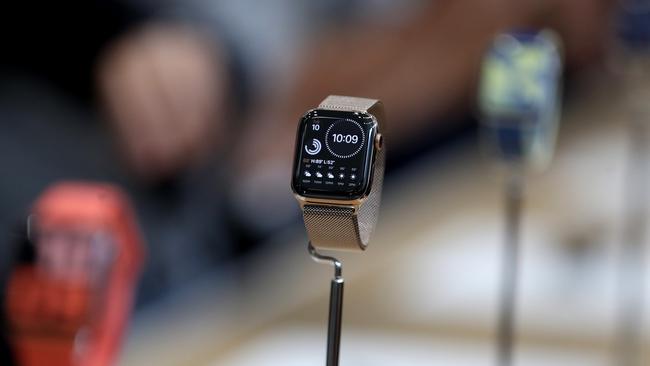
Apple also announced that the upgraded iOS 13 operating system will be available as a software update from September 20, and will apply to iPhone 6s and later. Some new software features won’t be available until October 1 when iOS 13.1 is available.
Users who buy any Apple devices get a year’s free subscription to Apple TV+.
Chris Griffith is attending Apple’s launch event at Cupertino courtesy of Apple.

